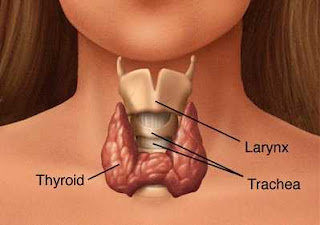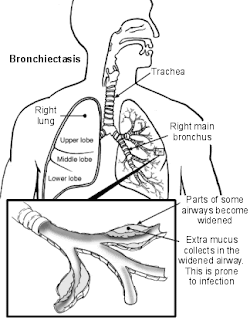Ineffective Airway Clearance - NCP for Bronchiectasis

Nursing Care Plan for Bronchiectasis Bronchiectasis is a chronic dilatation of the bronchi and bronchioles that may be caused by various conditions, including lung infections and bronchial obstruction; foreign body aspiration, vomit, and objects from the upper respiratory tract; and the pressure due to a tumor, blood vessels dilated and enlarged lymph nodes (Brunner & Suddart, 2002). According Suyono (2001) etiology of bronchiectasis are: 1. Infection Bronchiectasis often occur after a child suffering from pneumonia who frequently relapse and long lasting. Pneumonia is generally a pertussis or influenza complications suffered during the child, pulmonary tuberculosis, and so on. 2. Abnormalities hereditary or congenital abnormalities In this case bronchiectasis occurs in the womb. Genetic factors or growth factors and fetal development plays an important role. Usually has the characteristics on almost all branches of the bronchi in the lungs one or two. Usually accompanied by other ...

